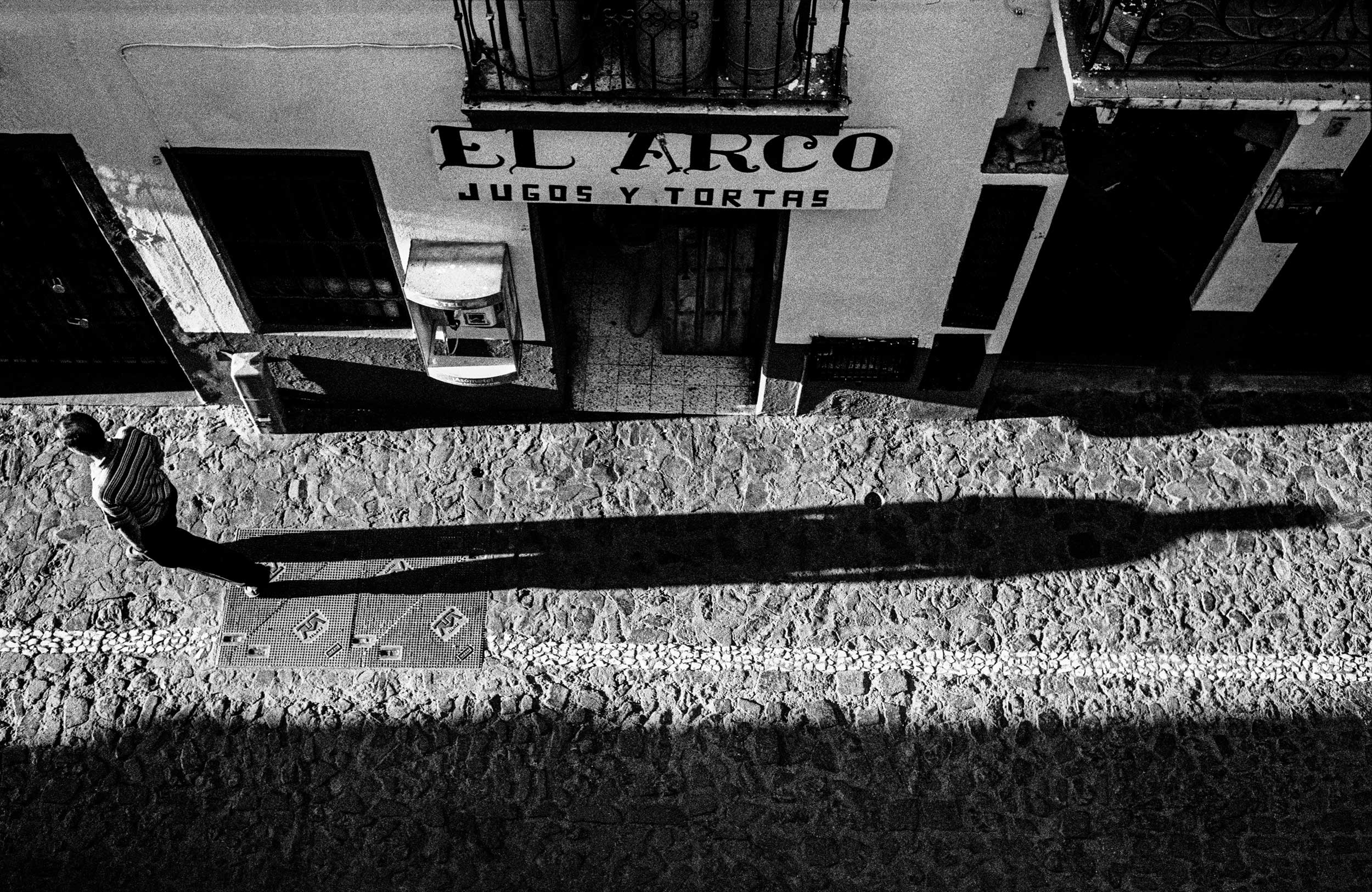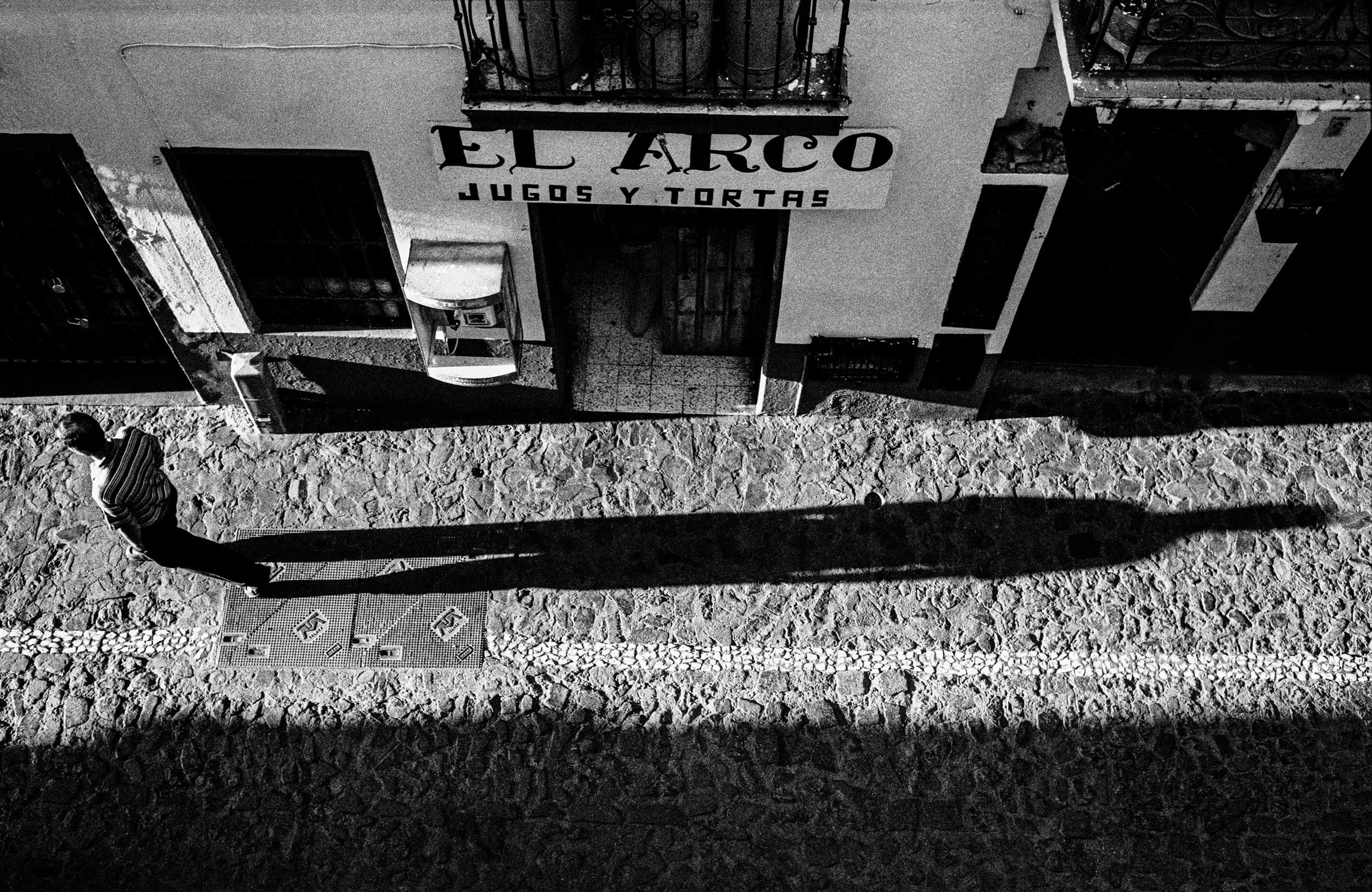
Continuing Education (CE): Tell us about yourself. How long have you taught at ICP and what do you teach?
Harvey Stein (HS): I have been a professional photographer since 1979 and have taught continuously at ICP since 1976, missing only one year. I’ve also taught at seven other colleges and universities, including the Rochester Institute of Technology and Drew University. Nine books of my work have been published, with another coming out in 2022 [Coney Island People: 50 Years]. I’ve had 88 one-person exhibits to date and my work is in 57 private and permanent museum collections, including at ICP. I’ve curated about 70 exhibits since 2007, mostly at Umbrella Arts gallery in the East Village of Manhattan, where I was Director of Photography from 2009 to 2019.
My two favorite things are to photograph and to teach photography. Since I was in my late twenties, photography has been my life and my joy. My second home is ICP. I love teaching and being there. I’ve met great people at ICP—faculty, staff, and students. I’ve learned much at ICP and hope I’ve dispensed some knowledge along the way. I want students to enjoy photographing and be aware of the medium’s possibilities and of seeing aspects of life in new ways. This, hopefully, results in a more intense and happy life. I’ve also taught dozens of different classes, some of which deal with acquiring skills—darkroom, lighting, posing, seeing—while others investigate the nature of photography and its meaning and influence in our lives and society.
CE: What can students expect to learn from your upcoming class, Photographing People with Intention?
HS: I’ve taught this class many times, but it will change a bit since it’s online and we can’t get too close to our subjects. By “intention,” in the title, I mean photographing with purpose and meaning. It’s easy to just snap the shutter, but it’s very difficult to make a good, meaningful photograph. And to put images together that were shot over a long period of time can be daunting. This class deals with these issues and also focuses on the techniques and insights needed to make images of people in these difficult yet historical days of COVID-19. We consider a variety of ways to photograph individuals in diverse settings, such as our homes, our neighborhoods, and distant streets. With an emphasis on the idea of working with intention and the power of photography to reveal what often goes unseen, we also explore ways of organizing environmental elements to make persuasive images of people.
CE: How has the pandemic changed or shaped your current work style?
HS: I mostly shoot in the streets during events such as parades, demonstrations, block parties, ethnic celebrations, and crowded street locations in Midtown and in ethnic neighborhoods of New York. Now that everything has been cancelled and people are not congregating outdoors, my photographic practice has changed markedly. I am not shooting as much as usual, but am exploring my Upper West Side neighborhood and both Central Park and Riverside Park more intensely. I am finding lots of people to photograph while not getting as close to them as I normally would. I have started a project to document the staff and workers of my apartment building, including doormen, porters, and the superintendent. I’ve been documenting their work, as they are part of the essential worker corps, along with grocery clerks, hospital workers, subway and bus workers, mail carriers, etcetera, who have not been given credit or duly recognized for their contributions to our society. Essentially, I am exploring subject matter closer to home that I’ve often overlooked and that I am finding rewarding.
CE: How do you approach making portraits?
HS: From the beginning of my photographic practice, I’ve depicted people, both in the streets and in the studio or at home. I approach strangers kindly; I don’t sneak pictures. I find something to discuss, whether it’s their hat or tattoo or, nowadays, their mask. I am friendly and personable, and find this approach works best for me. I try to make people feel comfortable and even wanting to be photographed. I only use wide-angle lenses and get close to reveal their environment. I want to place them in a location that helps to tell their stories. I don’t overly pose people. I want them to know that they are being photographed, that I am not interested in candid shooting. The goal is not to make people look good or beautiful. I seek authenticity and meaning in my work and a connection with my subjects.
Interested in learning more? Register now for Photographing People with Intention.


